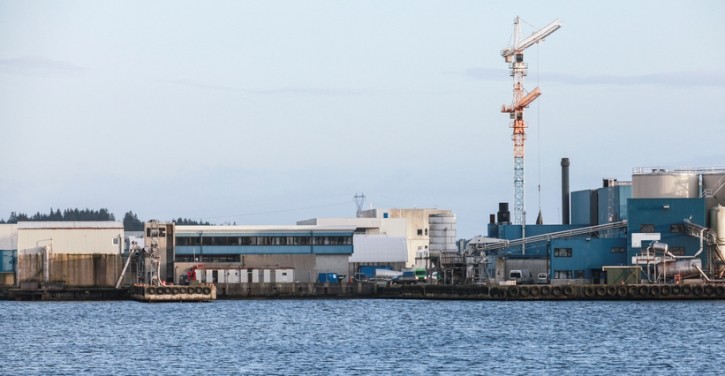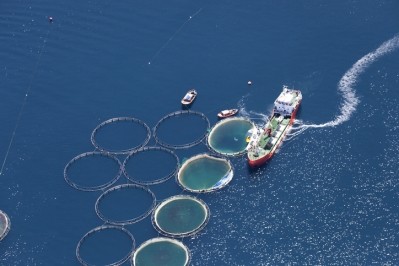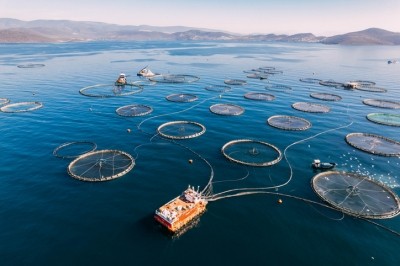Market awaits news on first anchovy fishing season in Peru

The Peruvian ministry of production took the decision in early June this year to call off the season after its officials had analyzed the recommendations of the Peruvian Sea Institute, Imarpe, following an exploratory fishing exercise. Imarpe's analysis determined that the fish landed in the first three days of exploratory fishing were small, with a high incidence of juveniles.
Marine ingredients organization, the IFFO, reported today that, during the first five months of 2023, fishmeal output in the main marine ingredient producing regions was down by more than 10% compared to the cumulative production reported through May 2022. “The primary factor driving such decline is the production drop of approximately 50% reported in Peru.”
As for fish oil, total cumulative output in the first five months of 2023 declined by 22% YoY. “The only countries that registered a positive change YoY were Chile and the US,” noted the IFFO.
The biggest marine ingredients producer countries, representing around 50% of the global output, include Peru, Chile, Denmark, Norway, Iceland, UK, Ireland and Faroe Islands, the US, South Africa, Côte d'Ivoire, Mauritius, Spain.
Chinese output
The IFFO report also indicates that domestic fishmeal and fish oil production in China is limited, given the implementation of the fishing ban on May 1 on all fishing grounds, to allow the biomass to reproduce.
Looking to market demand dynamics in China, and aquaculture producers there are facing additional risks of economic loss due to the escalating costs of feed and stagnating farm-gate prices. “Should this trend continue, farmers could be soon exposed to even greater financial risks.”
“Considering the lower-than-average domestic production both in the second part of the year 2022 and in the first half of 2023, China has continued to increase its fishmeal imports.”








